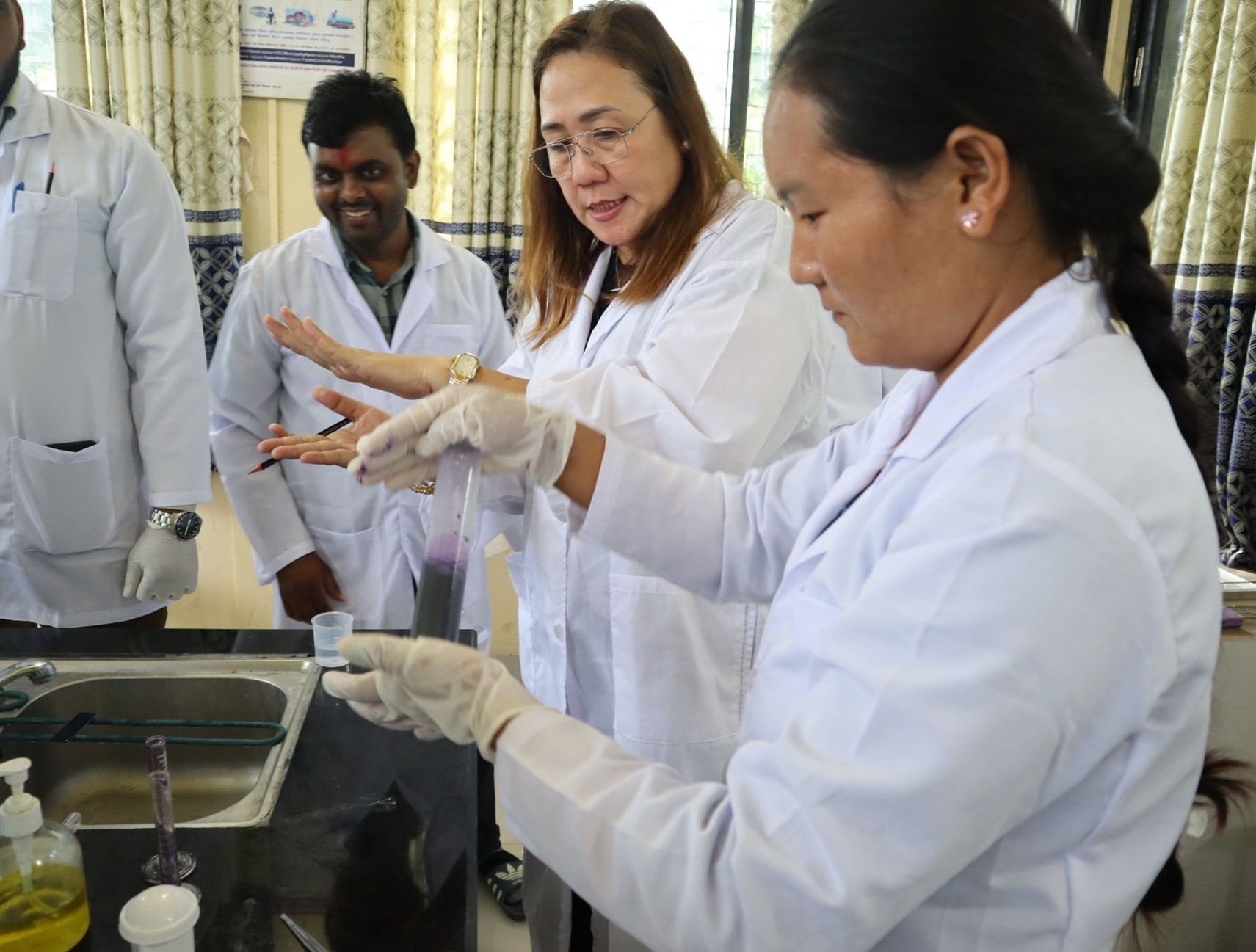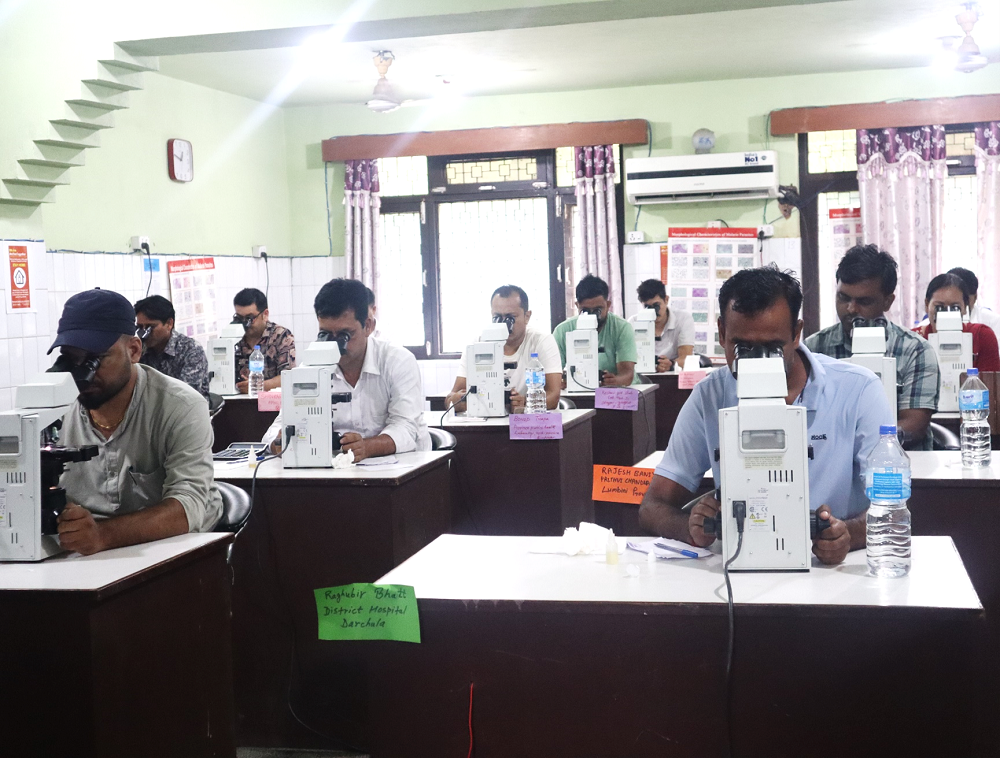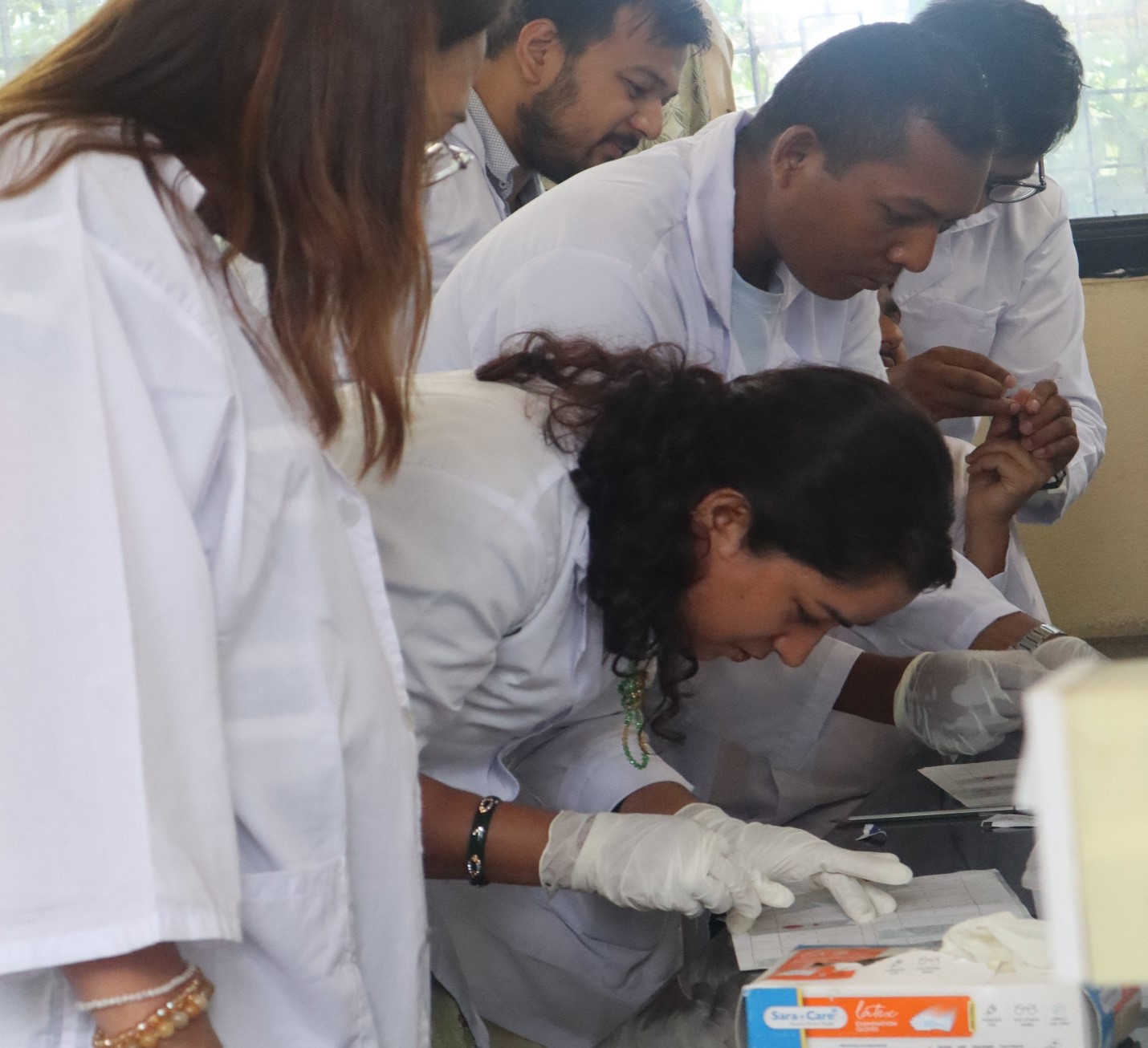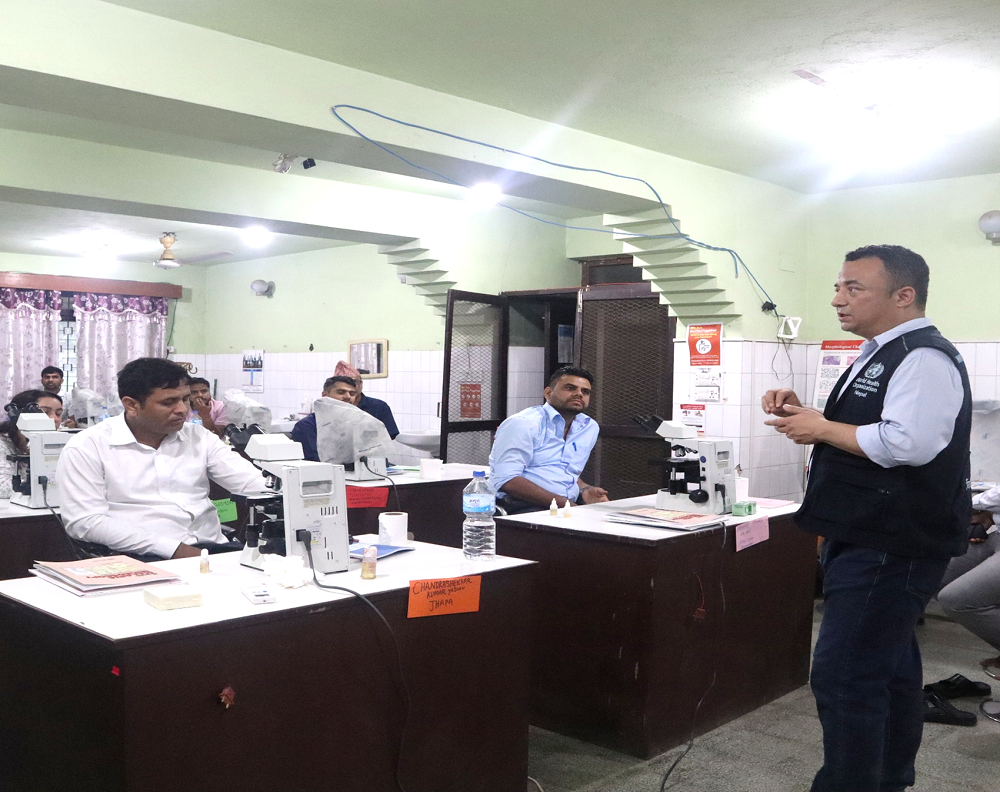Nepal has achieved significant progress toward the reduction and elimination of malaria burden and has been identified as one of the E-2025 countries with the possibility of attaining elimination by 2025.
Between 2010 to 2021, the number of indigenous malaria cases in the country declined from 3894 to 32, and despite disruptions during the COVID-19 pandemic, the country has shown reduction in case incidences. Compared to 2020, Nepal reduced its case burden by more than 50 percent in 2021.
In a near-elimination setting, it is important to ensure parasitological confirmation of all malaria cases by microscopy or Rapid Diagnostics Tests (RDTs). If microscopy is used, WHO standards for malaria microscopy training, certification, and quality assurance should be in place.
Recently, the Vector Borne Disease Research and Training Center (VBDRTC), under the Ministry of Health and Population in Nepal, conducted a comprehensive refresher training program on malaria microscopy to enhance the skills of malaria microscopists.

Laboratory practical sessions conducted during the refresher course for malaria microscopy held in Hetauda, Bagmati Province. Photo credit: WHO Nepal
Thirty malaria microscopists took part in this refresher training, held at the Vector Borne Disease Research and Training Center (VBDRTC) in Hetauda.
The intensive training provided hands-on experience and updated information related to malaria microscopy to enable participants to make correct diagnosis, in adherence to the WHO malaria microscopy standard operating procedure. Malaria microscopy allows the detection of different species of malaria parasites, their various parasite stages, and helps to monitor response to treatment.

Participants taking self-assessment test for malaria diagnosis as part of the training course for malaria microscopy held in Hetauda, Bagmati Province. Photo credit: WHO Nepal
The updated competency will help the trained health workers to make quality assured diagnosis of malaria, and communities will have greater confidence in their services.
Raghubir Datt Bhatt, a lab technician from Darchula in far-west Nepal, expressed gratitude for the opportunity to hone his skills under expert guidance from MoHP and WHO. "I can now identify different malaria parasites with greater precision. This has sharpened my skills," he said.

Participants preparing malaria microscopy slides in the refresher course held in Hetauda, Bagmati Province. Photo credit: WHO Nepal
The training program has also established itself as a potential model for future capacity-building and knowledge-transfer endeavors at the provincial level.

Dr Subash Lakhe, National Professional Officer for Communicable Disease at WHO, Country Office for Nepal, providing an overview of the refresher course for malaria microscopy held in Hetauda, Bagmati Province. Photo credit: WHO Nepal
WHO, Country Office for Nepal, will continue to support the MoHP in strengthening the competency of malaria microscopists through trainings, regular monitoring, and assessment of the participants' performance, and support to maintain quality assurance measures for malaria diagnosis through microscopy.
“By elevating the capabilities of dedicated microscopists and fostering an environment of collaboration and growth, Nepal stands strong to control and eliminate malaria. As these microscopists return to their respective stations armed with newfound knowledge and skills, the impact of this training is destined to cascade across communities, and support to create a malaria-free Nepal,” said Dr Rajesh Sambhajirao Pandav, WHO Representative to Nepal.
